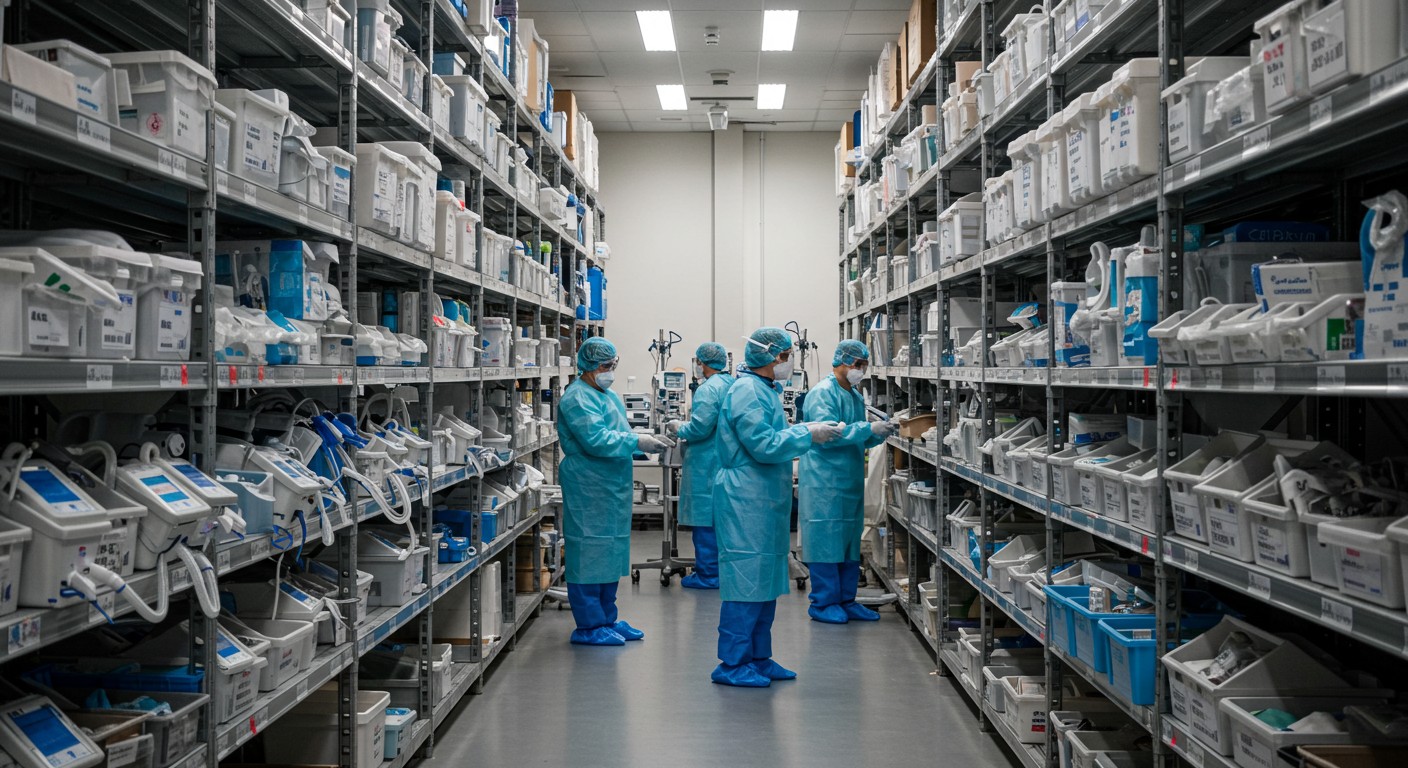Critical Medical Supplies in Emergencies Strategies to Secure Supply Chains
In times of crisis — be it natural disasters, pandemics, or conflict — critical medical supplies are a lifeline. Ensuring their timely availability demands strategic planning in supply chain management and effective coordination among stakeholders.

Healthcare systems under emergency conditions face tremendous strain: a sudden surge in demand for critical medical supplies can easily outstrip existing supply capacities. Securing these supplies is far from trivial — it demands a holistic approach that combines proactive planning, supplier diversification, technological innovation, and cross-sector collaboration. This article explores the major risks that hinder supply of critical medical equipment in emergencies, then proposes practical, implementable strategies to bolster resilience and continuity in healthcare supply chains — illustrated with real-world examples and actionable recommendations.
The Importance of Critical Medical Supplies in Emergencies
During health crises such as pandemics, natural disasters, or large-scale accidents, critical medical supplies form the backbone of healthcare systems’ ability to respond effectively. These supplies include ventilators, intensive care units, emergency and first-aid equipment, as well as personal protective gear for healthcare workers.
The absence or delayed delivery of such supplies does not merely disrupt medical services — it can lead to higher mortality rates and the collapse of healthcare infrastructure under sudden demand. Securing these supplies is therefore a strategic necessity directly tied to a society’s preparedness and its ability to save lives during emergencies.
Risks and Challenges in Securing Medical Supplies During Emergencies
Securing critical medical supplies in times of crisis comes with a range of risks and challenges that can hinder timely response. The most significant include:
- Supply Chain Disruptions: Transportation and shipping may be halted due to disasters or restrictions during pandemics, causing delays in equipment delivery.
- Sudden Surge in Demand: Emergencies often trigger unexpected spikes in the need for devices and supplies, exceeding the capacity of traditional suppliers.
- Logistical Delays: Weak infrastructure or limited transportation options can prevent timely distribution of critical equipment.
- Insufficient Funding and Planning: Some healthcare systems fail to allocate enough resources for strategic stockpiling, leaving them unprepared when emergencies strike.
- Dependency on a Single Supplier: Heavy reliance on one supplier increases vulnerability if that supply chain is disrupted.
Strategies to Secure Medical Supplies in Emergencies
To overcome the challenges of securing critical medical supplies during crises, healthcare systems and governments must adopt multi-layered strategies that ensure supply continuity and resilience. Key strategies include:
1. Strategic Stockpiling
Establish centralized or regional medical warehouses with adequate quantities of essential equipment and medicines for rapid deployment.
2. Supplier and Source Diversification
Avoid dependency on a single supplier by building a diverse network of local and international providers, reducing the risk of supply chain disruption.
3. Pre-arranged Supplier Contracts
Negotiate long-term agreements with manufacturers and distributors to guarantee availability of predetermined quantities during emergencies.
4. Leveraging Technology
Implement advanced digital systems such as real-time inventory tracking, AI-based demand forecasting, and IoT solutions for monitoring equipment status.
5. Cross-Sector Collaboration
Strengthen partnerships among governments, private sector, NGOs, and international organizations to share resources and coordinate supply operations.
6. Alternative and Flexible Response Plans
Develop contingency plans including resource redistribution, military or air transport for critical cases, and rapid decision-making mechanisms.
7. Continuous Review and Evaluation
Conduct regular drills and simulations to test supply chain performance, enabling ongoing refinement and improvement of emergency plans.
Conclusion
Securing critical medical supplies during emergencies is not a choice but a necessity that directly impacts lives and the stability of healthcare systems. While crises pose complex challenges to supply chains, adopting well-structured strategies such as strategic stockpiling, supplier diversification, and technology integration can significantly enhance resilience and preparedness. Building a healthcare system capable of withstanding disasters requires continuous collaboration between governments, the private sector, and international organizations — ensuring that critical medical equipment is always available where and when it is needed most to save lives.


